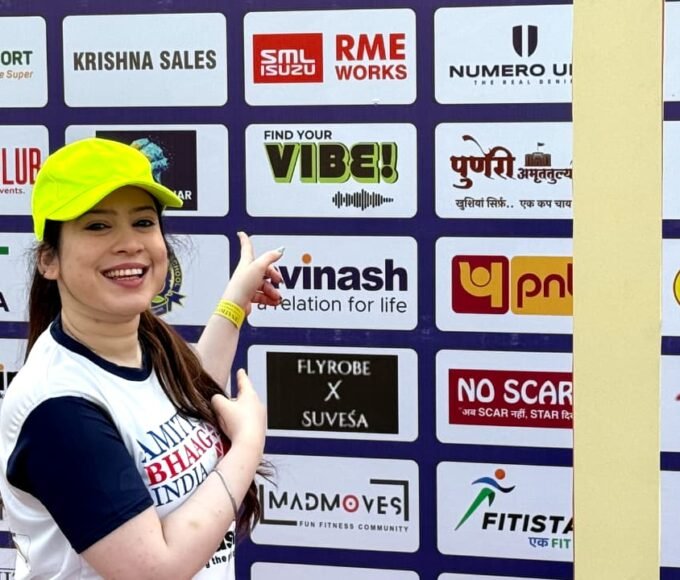In today’s world, being constantly connected is the norm. Smartphones, social media, emails, and endless notifications make it hard to focus on one thing at a time. This hyperconnected lifestyle can lead to stress, reduced productivity, and mental fatigue. To fight back, many people are turning to a simple but powerful solution — a digital detox.
What Is a Digital Detox?

A digital detox means taking a break from digital devices like smartphones, computers, and tablets. It’s about disconnecting from the online world to reconnect with yourself and the real world around you. The goal is to reduce screen time and give your mind a chance to rest and recharge.
Experts say that too much screen time can affect mental health. It can increase feelings of anxiety and depression, disturb sleep, and lower attention spans. By taking time away from screens, people report feeling calmer, more focused, and more present.
Why Is a Digital Detox Important?

We live in a hyperconnected world where information flows nonstop. It’s easy to get distracted by constant alerts and updates. This nonstop digital noise can make it hard to concentrate on work, study, or even personal relationships.
According to research, the average person spends over 7 hours a day on screens. This includes time spent on social media, watching videos, gaming, and messaging. When screen time takes over, it affects our ability to think deeply and focus on important tasks.
A digital detox helps break this cycle. It creates space for mindfulness and better time management. When we reduce digital distractions, we can improve our productivity and mental well-being.
Signs You May Need a Digital Detox
Not sure if you need a break from screens? Here are some common signs:
- Feeling overwhelmed or stressed by constant notifications
- Difficulty concentrating on tasks
- Trouble sleeping or feeling tired despite enough rest
- Feeling anxious or restless when away from your phone
- Less interest in real-life social interactions
If you notice these signs, it might be time to plan a digital detox.
How to Start a Digital Detox

Starting a digital detox doesn’t have to be difficult or extreme. Here are some simple steps to get you started:
- Set Clear Goals
Decide why you want to detox and what you want to achieve. It could be better focus, less stress, or more quality time with family. - Schedule Screen-Free Times
Choose specific times of the day when you won’t use any digital devices. For example, during meals, the first hour after waking up, or one hour before bed. - Turn Off Non-Essential Notifications
Notifications are a major distraction. Turn off alerts for apps that are not urgent. - Use “Do Not Disturb” Mode
Most phones have a feature that silences calls and notifications. Use this during work or rest periods. - Replace Screen Time with Other Activities
Use the time you save to read a book, go for a walk, practice a hobby, or spend time with loved ones. - Limit Social Media Use
Social media can be a major time sink. Consider uninstalling apps temporarily or using tools that track your screen time. - Practice Mindfulness
Meditation or simple breathing exercises can help improve your focus and reduce the urge to check your phone.
Benefits of a Digital Detox
People who commit to digital detoxes report many benefits, such as:
- Improved concentration and productivity
- Better sleep quality
- Reduced stress and anxiety
- More meaningful social connections
- Increased creativity and mental clarity
- Greater awareness of daily habits
Many professionals find that taking regular breaks from digital devices helps them recharge and work better. Even a short detox can make a big difference.
Challenges and How to Overcome Them
It’s normal to feel anxious or bored when you first reduce screen time. Many people fear missing out on important news or social updates, known as FOMO (Fear Of Missing Out). Here are tips to stay strong:
- Inform friends and family about your detox plan so they can support you.
- Remind yourself why you are doing this and focus on the benefits.
- Start with short detox periods and gradually increase them.
- Use alternative ways to stay informed, like reading newspapers or listening to the radio.
The Future of Digital Well-being
As technology becomes even more central to our lives, experts emphasize the need for digital well-being strategies. Companies are designing apps with built-in screen time limits and features to promote healthy use. Schools and workplaces are encouraging breaks from screens to improve mental health.
A digital detox isn’t about rejecting technology—it’s about using it wisely. By finding balance, we can enjoy the benefits of digital tools without losing focus or well-being.
Final Thoughts
In a world where being “always on” is expected, taking a digital detox can be a powerful act of self-care. It helps reclaim focus, reduces stress, and improves overall happiness. Whether it’s a few hours a day or a full weekend, disconnecting from digital devices allows us to reconnect with what truly matters.
If you’re feeling overwhelmed by your screens, consider trying a digital detox. Your mind, body, and relationships will thank you.
Read More:- Best 10 Out Door Games For Kids









Leave a comment